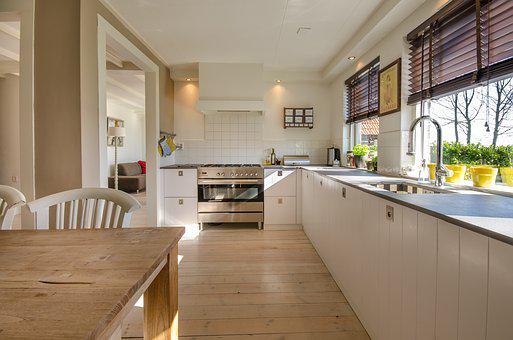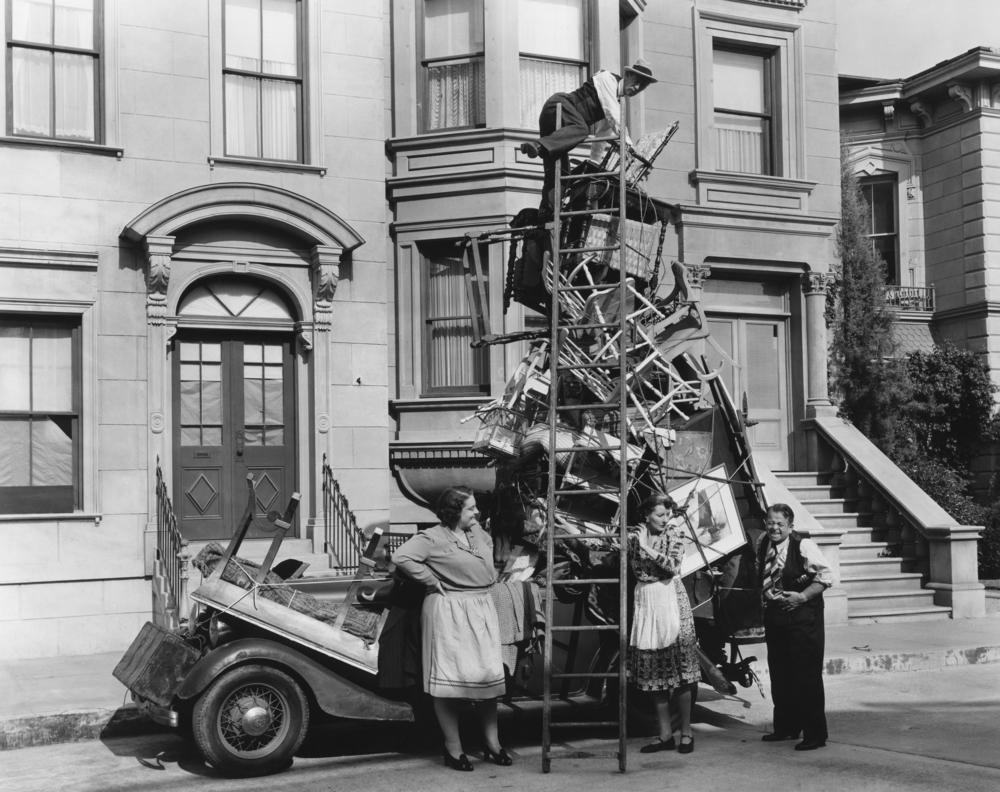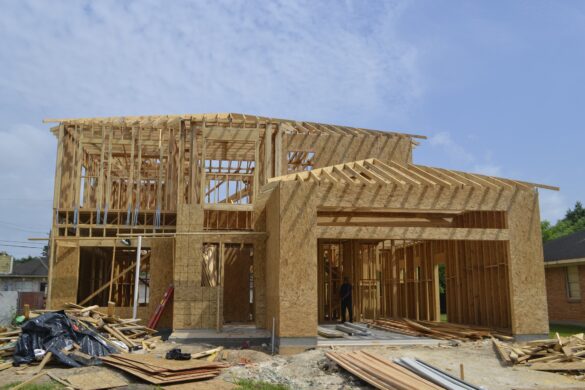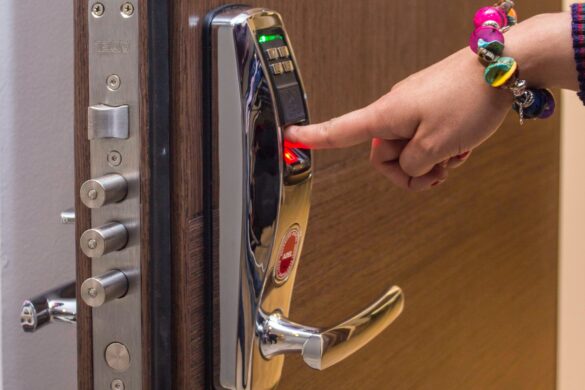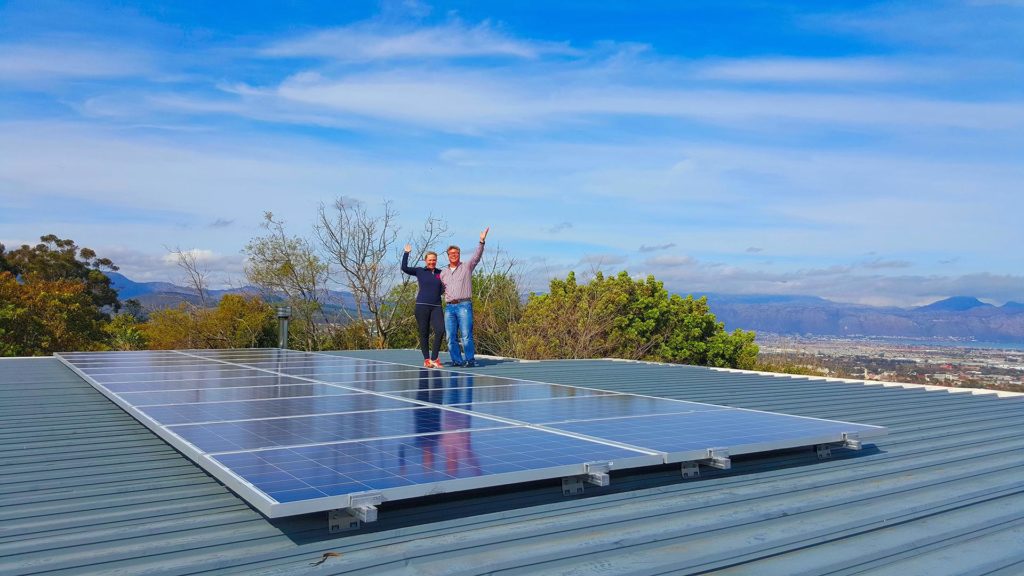
There’s a lot of information out there about solar power, how to use it and whether it is worth it. Given that solar energy is the fastest growing source of energy, it can often feel like there is an overwhelming amount of information out there and it can be difficult to know what’s what.
When it comes to using solar power in Sydney, you need to be well-informed about all aspects of solar energy before investing in a solar power system. Armed with the right information, you can make the right decision as to what panels you need for your home. You will also be better informed as to what savings and environmental benefits you can expect from a solar installation.
Let’s take a look at a few of the key elements and considerations of using solar power so that you can enjoy the benefits that solar can offer.
What You Should Know Before Choosing Solar Power
First and foremost, it’s important to know what solar power is and what a solar system is made up of.
What Is A Solar Panel System?
The sun is a constant source of renewable energy that we are learning to harness through solar panel systems. A solar panel is a photovoltaic (PV) cell which turns light into energy to be used as electricity.
Solar panels are sometimes called Solar PVs and the system itself is made up of 3 components.
1. Polycrystalline or Monocrystalline Panels
Both types of panels are commonly used in Australia and are suitable for harnessing solar power across the country.
2. An Inverter
There are different types of inverters which can be used in solar power systems. The first is the bigger string inverter which connects to the entire solar system and the second is a smaller micro-inverter. There are micro-inverters connected to each individual panel in a system. There is also an inverter known as the power optimiser which essentially blends the two types. This component converts Direct Current (DC) to Alternating Current (AC) to be able to use with home appliances.
Although micro and power optimiser inverters produce better individual panel energy and have a safer voltage, they are more expensive.
3. Mounting/Racking Support
The final component of a solar system is a mounting/racking support which secures your panels and other components to the roof.
Where To Start When Buying Solar?
As it can be confusing knowing where to find and buy solar panels, it’s highly recommended to check out some of the top brands and browse the different options before jumping straight in.
With the prices of solar panel systems decreasing, it could be tempting to jump at what seems to be the best offer price-wise but it is not advisable to bargain hunt too much. Although a worthy investment, solar panels should still be high quality to ensure that they will be long-lasting and offer you the best return on your investment.
The Solar Rebate
The solar rebate is not yet a thing of the past. The Australian government offers a rebate for those who install a solar power system in their home. There are certain conditions that must be considered in order for your system to be considered for a rebate.
- The system must be lower than 100 kW in size.
- It must be installed and certified by a Clean Energy Council (CEC) accredited professional.
- The system itself must be approved by the CEC for use in Australia.
Solar Energy Feed-In Tariffs
Finally, it’s important to be aware of the feed-in tariff that you are offered as part of the solar power system installation. When you decide to install solar panels on your home, you will use a certain amount of the energy that is collected and the remaining kWh will be exported to the electricity grid. The electricity retailer that then uses this energy will pay you a cent/kW fee.
Although this tariff has fallen in recent years as solar power popularity has grown, the feed-in tariff means that your investment will soon pay for itself even if you are not able to fully maximize the employment of the panels by having them located in an optimal position (at a specific angle, facing east, west or north depending on the direction of your roof, etc.).
Go Solar
Armed with this knowledge of how solar panels work and what it could mean for you, you can now work out how to get started with solar energy. Research well before buying and do not allow yourself to be wooed by shockingly low prices or high-pressure salespeople. Always investigate your options thoroughly and talk to specialists in the industry before committing to anything. Making the switch to solar is a positive move both for you, your local environment and the health of the planet.
